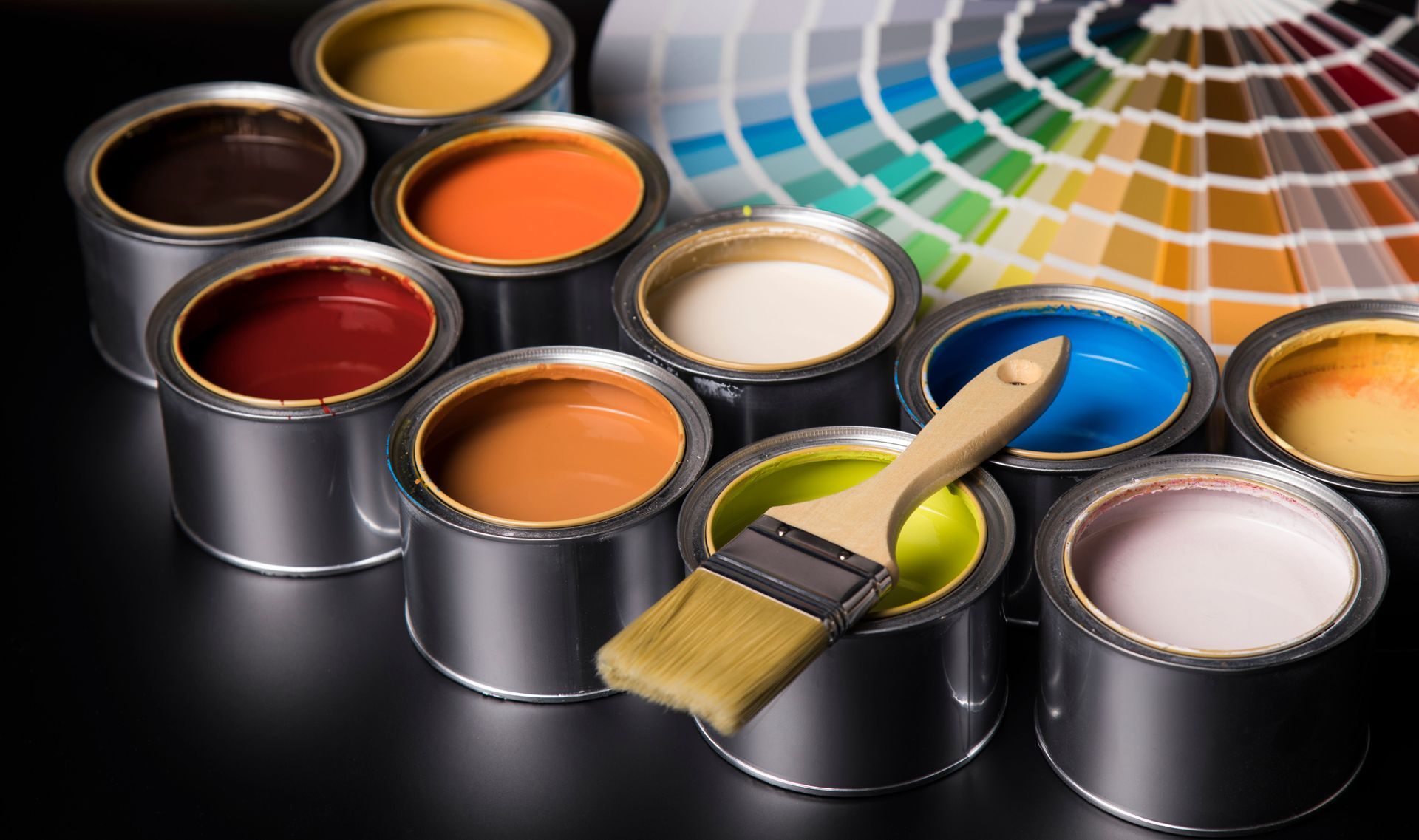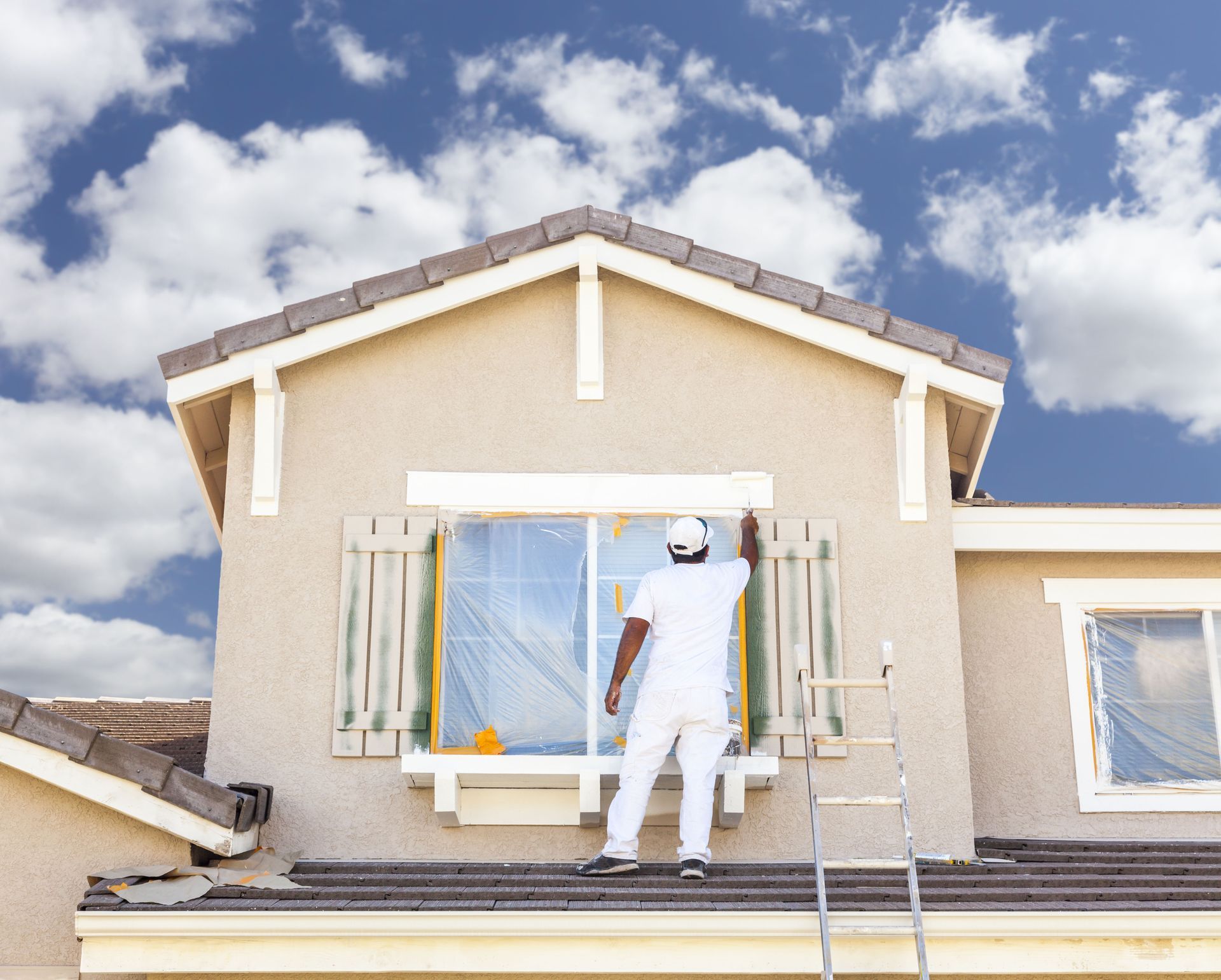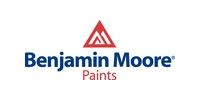September 24, 2025
Painting the exterior of your home is a significant investment that can greatly impact its curb appeal and structural integrity. Before picking up the brush, there are critical factors you should consider to ensure a successful project. This article will explore these essential considerations, providing you with the knowledge needed for a professional-quality finish from expert painting companies. Understanding the nuances involved in exterior painting can save time and money while preventing common pitfalls. Making informed choices ahead of time will yield the best results for your home's appearance and longevity.
Understanding Your Home's Architectural Style
Recognizing your home's architectural style is crucial before beginning a painting project. Classic styles such as Colonial, Victorian, or Craftsman homes each have traditional color schemes that enhance their most distinguishing features. Colonial homes often pair crisp whites with stately blacks or deep blues to emphasize symmetry and understated elegance. Victorian residences, with their intricate details, often use more adventurous palettes mixing multiple pastels or vibrant hues. Understanding these stylistic elements helps in selecting colors that complement and honor your home's original design.
Modern architecture favors minimalism and clean lines, often relying on bold, monochromatic colors to create an impactful visual presence. Popular trends in painting modern homes include the use of stark whites, contrasting blacks, or various shades of gray for an industrial-chic aesthetic. Contemporary designs may integrate natural materials, which earth tones or muted palettes can complement. Designers often suggest incorporating no more than three colors to maintain a balanced yet dynamic look, according to Opendoor. Keeping up with these trends can enhance your home’s marketability and provide a fresh, modern appeal.
Homes with historical significance require a thoughtful approach to color selection to preserve their historic charm. When painting a historically registered property, it's recommended to consult preservation guidelines and local historical societies. Accurate color matches or historically appropriate palettes can often be recreated using modern paints. Paying homage to your home’s history by respecting its original color scheme can celebrate its unique story and architectural heritage.
Assessing the Current Condition of the Exterior
A crucial step before painting is thoroughly inspecting your home for any structural damage. Look for cracks in the siding, damaged or missing elements, and any underlying foundation issues. Addressing these problems beforehand will ensure that painting doesn’t mask significant structural concerns that need urgent repairs. Restoration of components like wood rot or damaged masonry ensures a smooth, even application surface for the new paint. This proactive approach prevents future complications that could void paint warranties or increase repair costs if ignored.
Identifying the current layers of paint and building materials on your home’s exterior is necessary for effective preparation. Certain older layers may contain lead or other hazardous substances, requiring special removal techniques. Stripping or washing away old paint with care ensures newer applications adhere properly without bubbling or chipping. Various home exteriors, whether wood, stucco, brick, or vinyl, will each have specific preparation requirements. A clear understanding of these details can determine the amount of labor and types of primer necessary for success.
The effects of weathering and moisture exposure should not be overlooked when preparing your home for painting. Look for signs of excessive moisture, such as water stains, soft or warped spots in the siding, and efflorescence on brickwork. Properly addressing any identified areas will protect against future damage that could undermine a fresh paint job. Using high-quality caulks and sealants can prevent moisture from penetrating surface materials and leading to mold or rot.
Selecting the Right Type of Paint
Choosing the appropriate paint finish is vital to achieving the desired aesthetic and practical benefits. There are several finishes available, ranging from flat/matte to satin, semi-gloss, and high-gloss, each with its own properties. Matte finishes can hide surface imperfections but are less washable than higher gloss options. Semi-gloss and gloss finishes provide durability and are easier to clean, making them suitable for areas prone to dirt and wear. Understanding these characteristics helps you balance visual appeal with functional requirements.
Deciding between oil-based and latex paints is another crucial aspect when painting your home’s exterior. Oil-based paints are renowned for their durability and ability to adhere well to challenging surfaces, but have longer drying times and higher VOC emissions. Latex paints, on the other hand, are popular for their ease of use, quick drying times, and environmental friendliness. Considering both ecological impact and the characteristics of the existing exterior can guide an informed choice. Each type serves different purposes better, and aligning your preference accordingly ensures lasting results.
With growing environmental awareness, more homeowners are choosing eco-friendly paints that are safer for the planet. These paints contain lower levels of volatile organic compounds (VOCs), reducing the amount of toxic emissions and improving indoor air quality. Many eco-friendly options do not compromise on durability or coverage, often coming in a wide range of colors. Selecting environmentally conscious paints can also appeal to others if you're considering selling your home, enhancing its appeal to eco-minded buyers.
Weather Considerations and Timing
Choosing the right weather conditions is crucial for achieving optimal painting results. Paint requires sufficient time and stable conditions to dry and cure properly; therefore, avoiding extreme temperatures, rain, or winds is necessary. According to our painters, Ideal temperatures range from 50°F to 85°F, with humidity levels below 70%, preventing issues such as extended drying times or cracking. Scheduling a paint job on dry, overcast days can help maintain paint consistency and adhesion across surfaces. Meticulously timing your project results in professional-quality outcomes and long-lasting durability.
Regional climate differences can drastically affect paint choice and project planning. Harsh winters, humid summers, or coastal environments each present specific challenges that require strategic adjustments in painting practices and materials. Utilizing paints with resistances to UV, salt, or moisture damage ensures better performance under unique regional stresses. Consultation with local experts offers insights into how local weather impacts materials and provides guidance on selecting adaptable, resilient products.
Budgeting for the Project
Accurate cost estimation is vital for successful project budgeting and financial planning. Expenses include paints, primers, sealers, tools, equipment rental, and any necessary repairs or prep work, usually amounting to several thousand dollars. Meticulously calculating these aspects ensures that budgets align with expectations, minimizing potential stressors. Anticipating unforeseen costs by cushioning budgetary allocations with a contingency fund is always recommended. Undertaking supplier price comparisons, leveraging promotions, or buying materials in bulk curtails excessive expenditures by optimizing available discounts.
Analyzing the benefits of do-it-yourself efforts against hiring professionals can heavily alter budget allocations. A DIY option often reduces labor costs; however, it necessitates a sound understanding of painting processes, safety measures, and an estimation of the time invested. Hiring professionals may escalate short-term expenses yet engenders advantages such as proficiency in execution, reliability of timely completion, and warranties assuring quality. Reflecting upon personal circumstances, experience, and time availability ensures judicious labor selections, subsequently aligning with long-term viability needs. Adequate consideration of these aspects eases budget alignment, avoiding unexpected fiscal burdens.
Choosing to paint your home's exterior is a formidable endeavor that requires careful planning and consideration. By understanding the architectural style, assessing the exterior condition, selecting the right paint, considering weather conditions, and budgeting properly, you pave the way for a successful and rewarding project. With these factors addressed, your home's renewed exterior beauty awaits. If you're looking for expert painting companies you can count on, contact Above All Services today.







